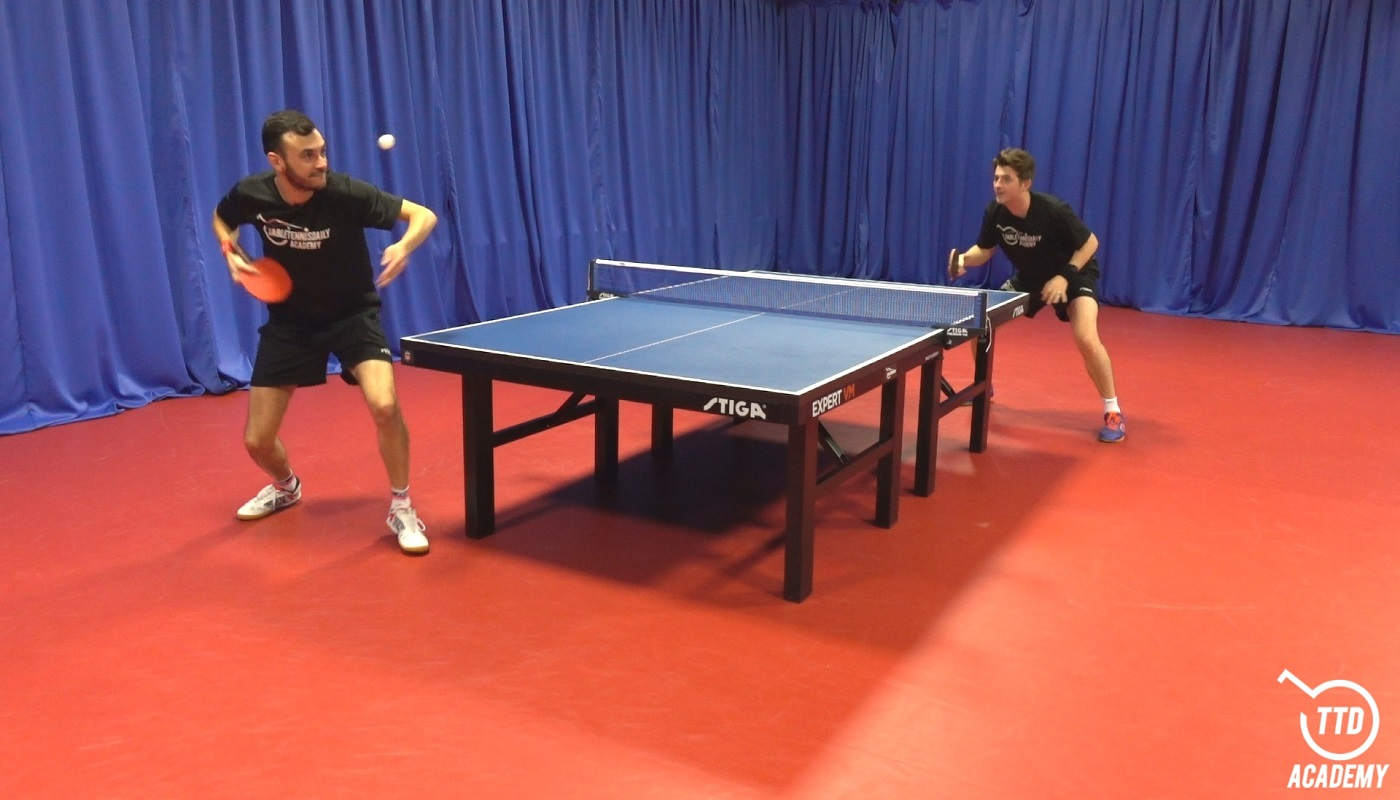
Mastering the Art of the Table Tennis Serve: A Comprehensive Guide
Table tennis, or ping-pong, is a deceptively simple game. The small table, the lightweight paddles, and the seemingly innocuous ball belie the intricate skill and strategy required to excel. At the heart of this strategy lies the serve. A well-executed serve can dictate the rhythm of a rally, create openings for attacking shots, and ultimately, win points. This article delves deep into the techniques of table tennis serving, covering everything from the basic rules to advanced strategies.
Understanding the Rules of Serving in Table Tennis
Before diving into the techniques, let’s clarify the rules governing the serve:
-
The Toss: The ball must be tossed vertically upwards at least 16 centimeters (approximately 6 inches) before being struck. The umpire or referee will carefully watch for this crucial element. A failure to achieve the minimum toss height results in a fault.
-
The Visible Toss: The toss must be visible to both players and the umpire. Attempts to conceal the toss or use deceptive movements are considered fouls.
-
Behind the End Line: The server must stand behind the end line and within the side boundaries of the table. Their entire paddle must also remain behind the end line until the ball is struck.
-
The Striking Point: The ball must be struck below the server’s waist. This rule prevents servers from gaining an unfair advantage by using an overhead motion.
-
The First Bounce: The serve must first bounce on the server’s side of the table before crossing the net and bouncing on the receiver’s side. Failure to achieve this results in a let, meaning the serve is replayed.
-
The Serve’s Trajectory: There are no explicit rules dictating the trajectory of the serve, but the serve must be clearly visible to the receiver. Obscuring the ball’s trajectory through deception or unusual spin is a strategy, but it should be executed legally.
Basic Serving Techniques: Building a Solid Foundation
Mastering the art of serving starts with understanding and practicing basic techniques. These form the foundation upon which more advanced techniques can be built.
-
The Pendulum Serve: This is a fundamental serve, emphasizing a smooth, controlled swing. The paddle is held loosely, and the wrist leads the movement, resembling a pendulum. This serve is easy to learn and allows for consistent placement, making it a great starting point for beginners.
-
The Forehand Push Serve: This serve uses a forehand motion to impart minimal spin. It’s primarily used to initiate rallies and avoid risking a direct point loss from an aggressive serve. The focus is on accuracy and consistency, allowing the player to control the placement and initiate a steady rally.
-
The Backhand Push Serve: Similar to the forehand push serve, this utilizes a backhand motion for a controlled push. It’s often used by players with a stronger backhand to exploit weaknesses on the receiver’s forehand. The emphasis remains on accuracy and control.
-
Developing Spin: The Key to Advanced Serving
While the basic serves focus on accuracy and consistency, advanced serves rely on spin to create confusion and opportunities. There are three primary types of spin: topspin, backspin, and sidespin.
-
Topspin Serves: These impart forward rotation on the ball, causing it to dip sharply after bouncing on the receiver’s side. They are typically generated by striking the ball upwards and slightly forward. The contact point is crucial, and subtle adjustments can significantly alter the amount of topspin applied. Mastering topspin serves requires practice and feel for the ball.
-
Backspin Serves: These imparts backward rotation on the ball, making it float and bounce high and slow. They are created by striking the ball downwards and slightly backward. Backspin serves are effective at disrupting the receiver’s rhythm and forcing errors. They are frequently used in defensive situations.
-
Sidespin Serves: These impart lateral rotation on the ball, causing it to curve left or right after bouncing. They are generated by striking the ball with a sideways brush. Sidespin serves are particularly effective in confusing the receiver and opening up angles for attacking shots.
Advanced Serving Techniques: Deception and Strategy
Advanced serves incorporate deception and strategy to outwit the opponent. The goal is not just to serve the ball legally, but to make it difficult to predict and return effectively.
-
The Flick Serve: This serve uses a quick, wristy motion to impart a combination of spin and disguise. The speed and spin are difficult to predict, making it an effective weapon in competitive play.
-
The Reverse Pendulum Serve: A variation of the pendulum serve, this uses a reverse motion, adding an element of surprise. The receiver may expect a regular pendulum serve, but the change in direction can lead to a missed return.
-
The Short Serve: This is a tactical serve designed to land the ball very close to the net. It forces the receiver to make a delicate return, potentially leading to a weak shot or an outright error.
-
The Long Serve: The opposite of a short serve, this aims to land the ball deep on the opponent’s table. It forces the receiver to move quickly and prepare for a longer rally.
-
Serve-and-Attack: Advanced servers often employ a serve-and-attack strategy. This involves serving with a specific type of spin or placement that immediately sets up an attacking shot. The server anticipates the return and is ready to exploit any weakness.
Practice and Refinement: The Key to Mastery
Mastering table tennis serves requires consistent practice and refinement. Begin by focusing on the basic techniques, ensuring you can perform them accurately and consistently. Gradually incorporate more advanced techniques and spins, focusing on developing a feel for the ball and the subtle adjustments that can influence its trajectory and spin.
Practice with different partners to experience varied return styles. This will help you adapt your serving strategy and understand how to exploit different weaknesses. Video recording your serves can be invaluable for identifying areas for improvement. Analyzing your technique and making adjustments based on what you see on camera can dramatically improve your accuracy and effectiveness.
In conclusion, the table tennis serve is a multifaceted element of the game, offering a wealth of opportunities for strategic play. By understanding the rules, mastering the basic techniques, and progressively incorporating more advanced serves, players can significantly enhance their game and achieve a higher level of success. Remember, consistency and precision are key, and continuous practice is the path to mastering the art of the table tennis serve.



